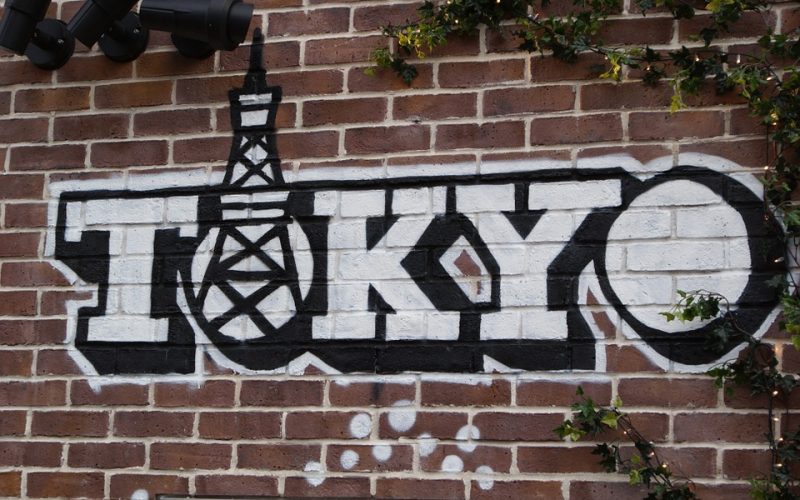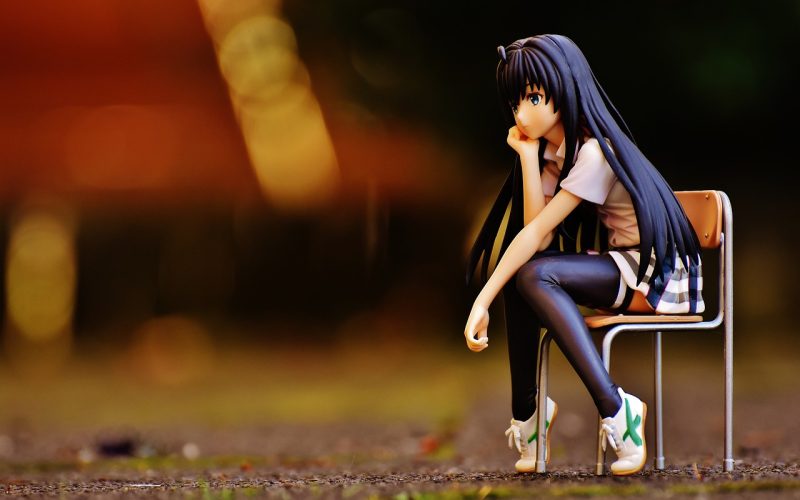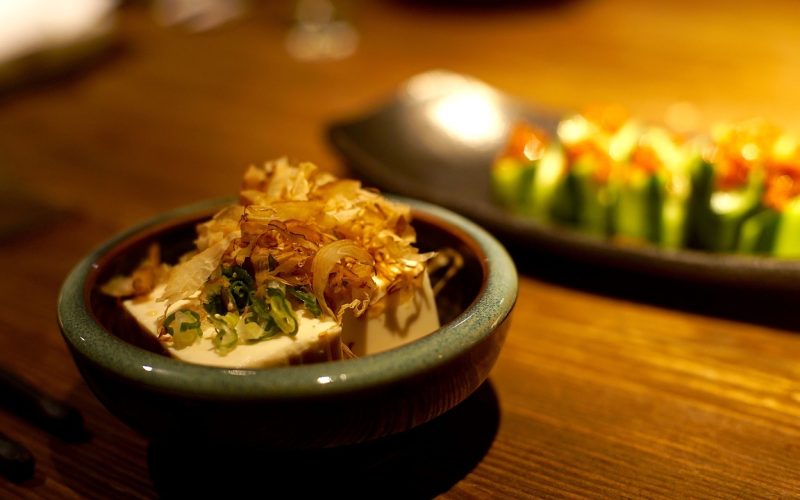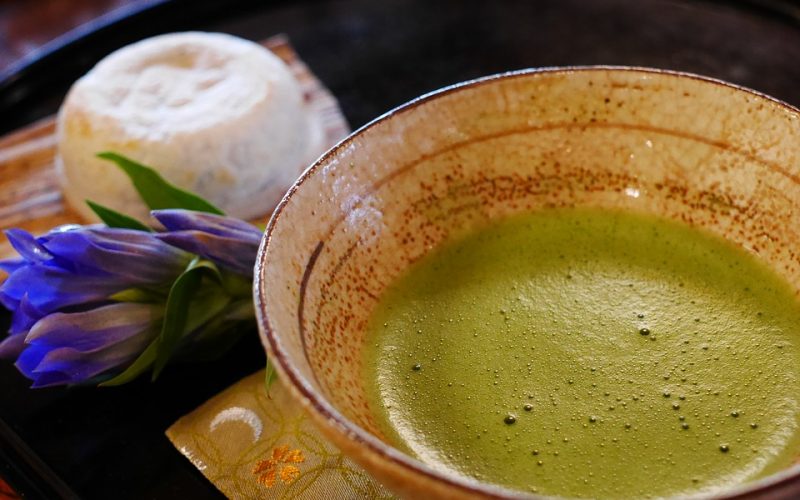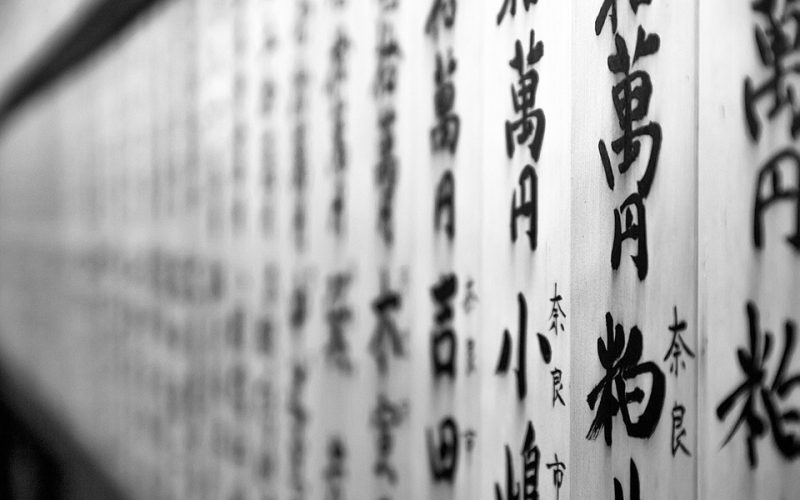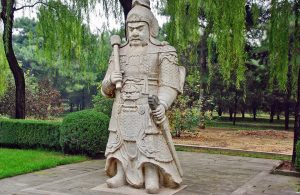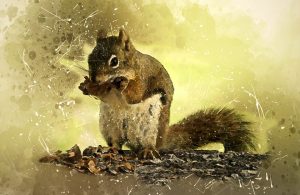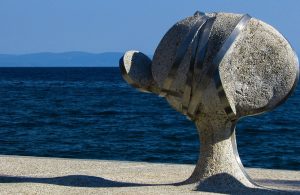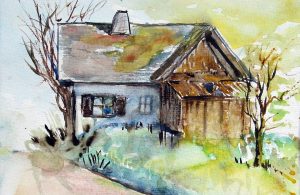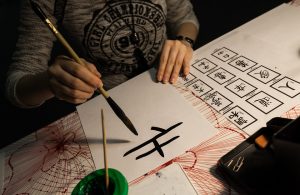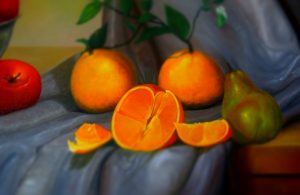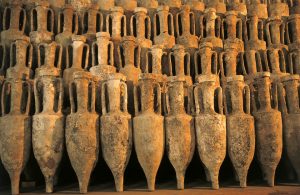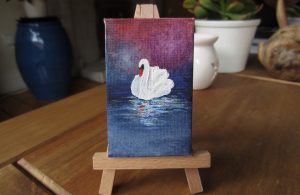Many cultures have produced beautiful paintings. These works have been used as a basis for establishing how to create pieces of art in this medium. European masters have long been studied by many modern artists. These older paintings are used to judge modern works of art throughout the world. Over time, there have been many added to the list in Western art. Fortunately, the Japanese have unique styles of art, and this includes painting. It is quite different from Western painting in many ways.
The culture of Japan is very traditional. This has been a theme for many Japanese artists, even in modern times. Their paintings are a reflection of the scenery of the world around them. Agricultural scenes are common. Paintings of blossoming cherry trees are another favorite of Japanese artists, even in modern times. All of these types of paintings have traditional elements within them. The art of Japan also reflects their cultural myths. Dragons have traditionally been an interesting facet of these myths and have a place in modern works of art. They continue to be featured in modern Japanese paintings.
Colors of even modern painters are often muted. This goes to the minimalist style of Japanese life. Fortunately, it does not take away from the painting. Color is used as an enhancement of the subject. It is rarely the focus of the painting. When it is used, it tends to blend into the canvas and scene as a whole. Even when an area of color stands out, dark lines of various sizes are often more noticeable than the color.
Both traditional and modern Japanese paintings use lines of various sizes to inject motion into any scene. Minimalist use of paint has not been modified by many artists. This means that the use of lines is still an important facet. Creating bolder lines around the main subject is more important than making it stand out by using a bright color. This makes Japanese paintings appear less complex than Western ones, but that is not true in an artistic sense. Using weighted lines to add perspective, depth and focus is a very complex way to achieve a sense of movement and subject matter in Japanese art today.
